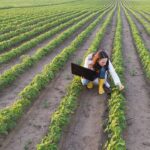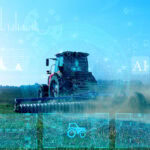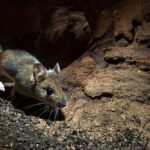The National Farmers Federation 2030 Roadmap outlines the government�s plan and vision to �exceed $100…
Agritourism domes of hope and happiness
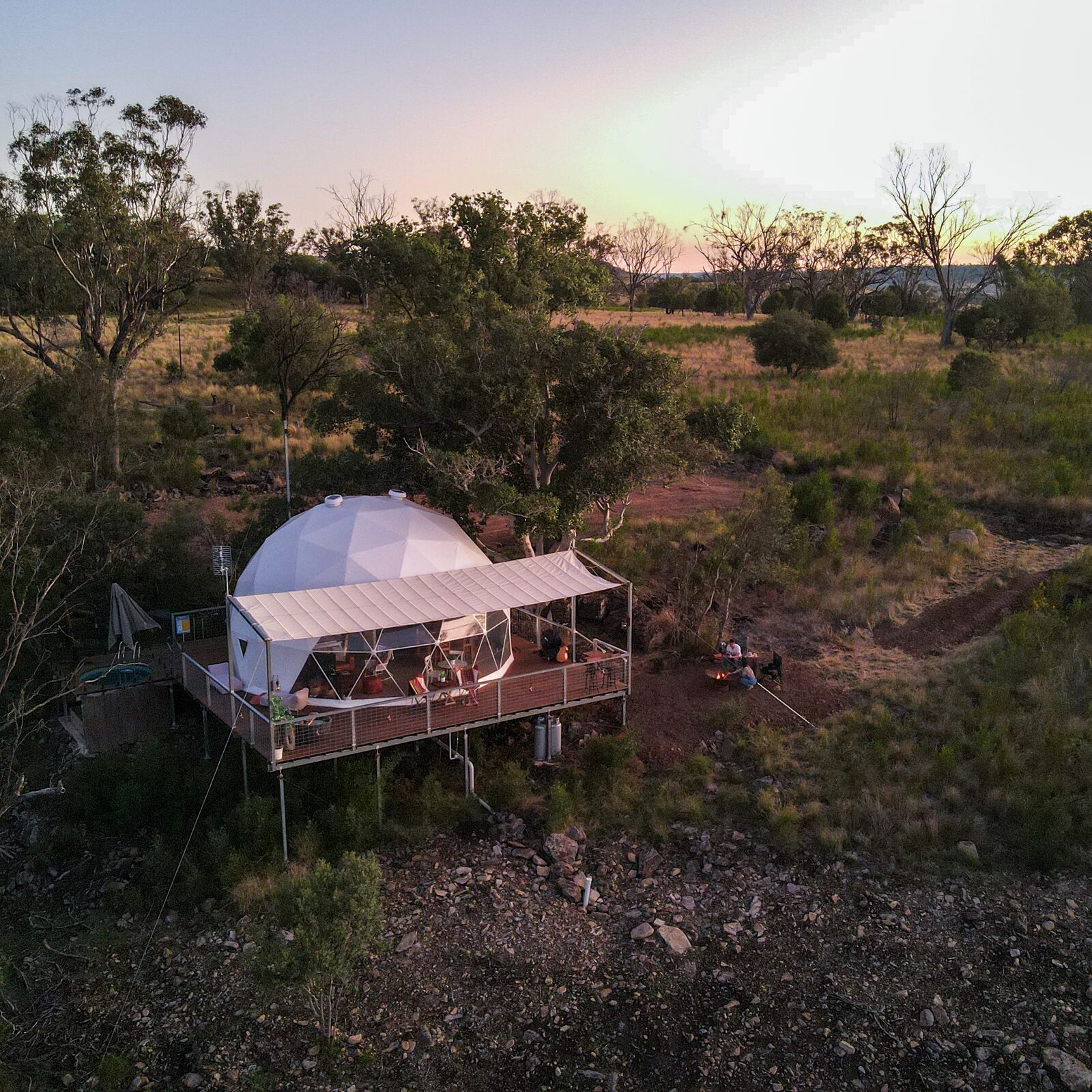
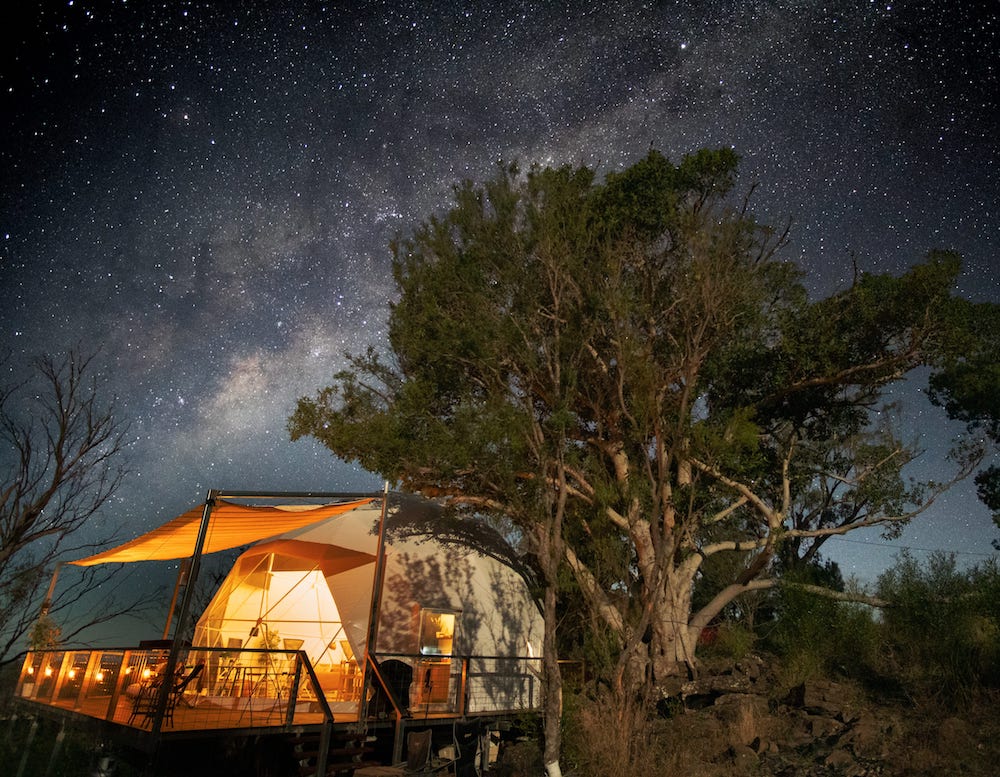
An agritourism venture was not on the cards for farmers Belinda and Jaime Munsie, who run beef and sheep on their northern NSW property Willunga, near Warialda. But the 2018 drought changed all that.
Jaime, who is a third-generation farmer, watched his family livelihood collapse as they were forced to destock on their 3,642 hectare property. Like so many others, they felt despondent and unsure of their future during what was described as the driest conditions in 100 years.
Their daughter, Kate Boshammer and her husband Nick, have an Angus stud at Chinchilla in Queensland. Kate says selling all the stock greatly affected her whole family including her brothers, who all work on the farm.
Belinda knew they had to find something that was not solely dependent on the weather to generate income in order to safeguard the future of their family operation for generations to come.
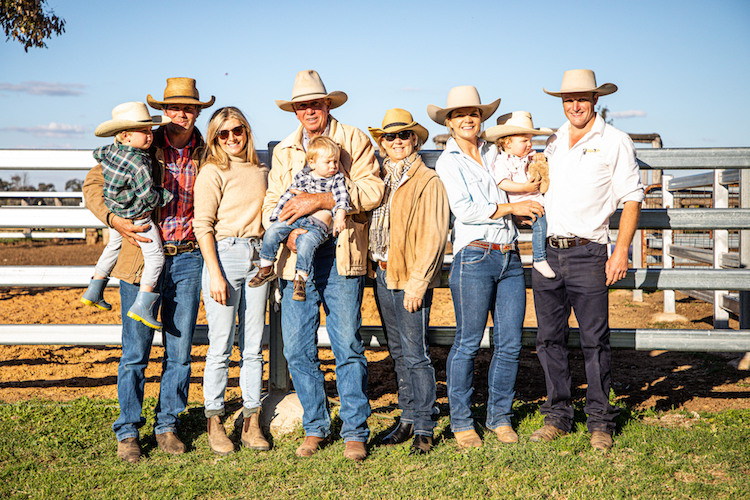
Agritourism inspiration
On a trip to the US in 2016, Belinda and Jaime noticed lots of Airbnbs and on-farm accommodation, which later inspired them to research what they could do on their property to boost farm income.
Belinda says they saw many ranches being utilised for tourism, which brought additional economic benefit to the farming operation, while also attracting tourists to different regional areas. So, they thought, why not give it a go?
�Also, during our travels throughout Canada and Alaska, we were surrounded by tourists, who had never travelled outside metropolitan areas and were seeing wildlife for the first time,� she says.
�This was a foreign concept for Jaime and myself, who have wildlife on our doorstep every day. We then realised the great potential for more tourism opportunities in Australia, particularly on farming properties.�
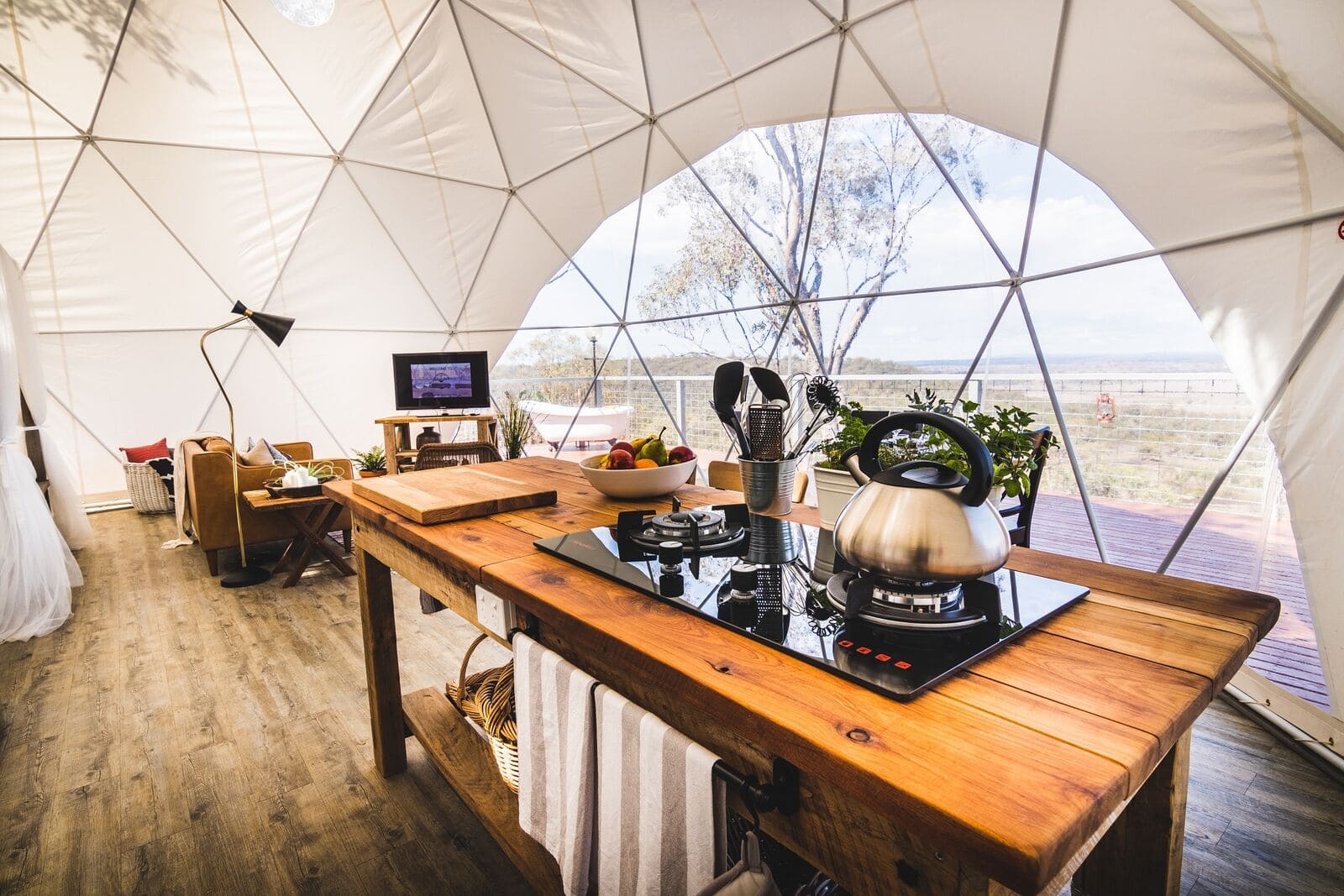
Belinda considered all different types of accommodation and wanted a distinctive style that was easy to construct, financially viable and offered a unique experience for visiting guests.
�We wanted accommodation that gave city residents an opportunity to visit the real Australian outback, not just the hinterland of coastal towns or the scenic rim of major cities. It was the perfect time for mum to put her idea into action to help deal with the extreme drought conditions being experienced throughout Australia,� Kate says.
Belinda discovered a geodesic dome structure while researching the market and noted that dome structures were becoming popular around the globe and being used in various climates.
She settled on the geodesic dome structure, covered with a fire-rated thick PVC cover. This structure is rated as being the strongest framed structure known to mankind, which has proven its worth by standing up to all the elements the harsh Australian climate has thrown at it. From this, their business Faraway Domes was born in 2018.
�Guests literally have 3,642 hectares to themselves while watching native birds flying overhead and cattle, sheep, goats and kangaroos grazing below.�
KATE BOSHAMMER, CEO Faraway Domes
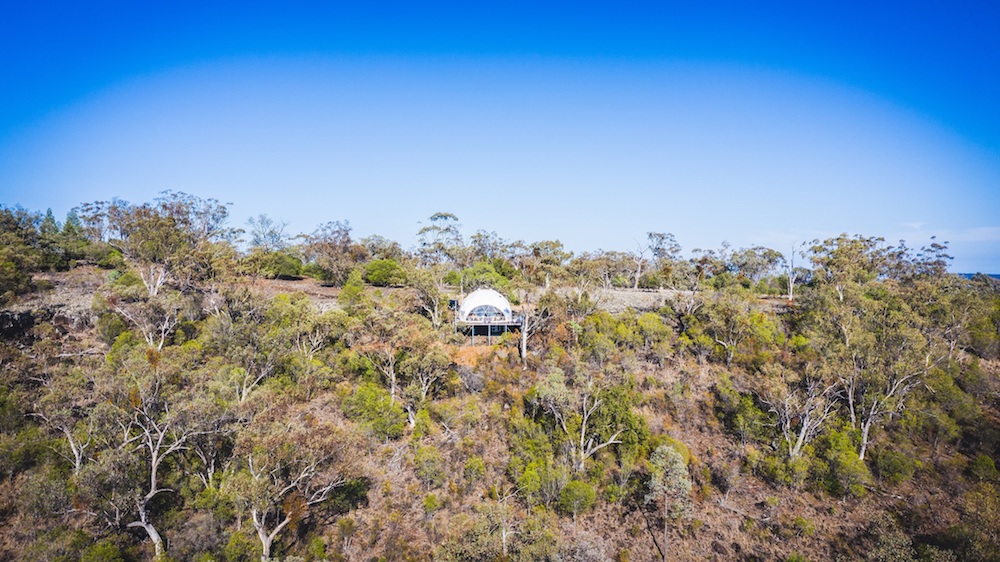
A family affair
The property is located in the North West Slopes and Plains region about 600km north west of Sydney and 30 minutes from the small town of Warialda. Since the drought, the land has regenerated and there�s lots of green bushland surrounding the two domes.
�Enormous efforts have been made to reduce the dome�s impact on the environment including the establishment of the eco-friendly wastewater system and off-the-grid power supply,� says Kate, who is the CEO of the enterprise.
�Now Faraway Domes is a thriving business. On top of the farming operations, which are in full swing again, everyone is keeping very busy,� she says.
�For us it is all about first-class comfort with minimal carbon footprint in a truly unique and private environment.�
Belinda adds that although the drought conditions took a toll, the dome project � which involved a lot of red tape initially and took a year to gain approval � brought their family together at one of the toughest times in the history of the property.
�It�s also provided a good distraction from the dry conditions and gave everyone hope for the future with lots of work,� Belinda added.
It is very much a family-run business, according to Kate.
�My father and brothers Will and Sam built the deck and erected the domes. The biggest hurdle was all the red tape that my mother had to deal with in the construction phase,� she says.
�Our entire family all played a part in producing our first dome with one sister-in-law being an interior designer and stylist; another sister-in-law is a journalist and my background is marketing and PR, so it really has been a big family effort.�
A dome away from home
Three years later, after receiving a swathe of tourism awards and finding the geodesic accommodation consistently booked, the Munsies added a second giant dome.
The domes sit 140 metres apart and out of sight of each other for ultimate privacy. Both domes have sweeping views of rolling hills and grazing livestock, and each have their own private driveway.
�Guests literally have 3,642 hectares to themselves while watching native birds flying overhead and cattle, sheep, goats and kangaroos grazing below,� Kate says.
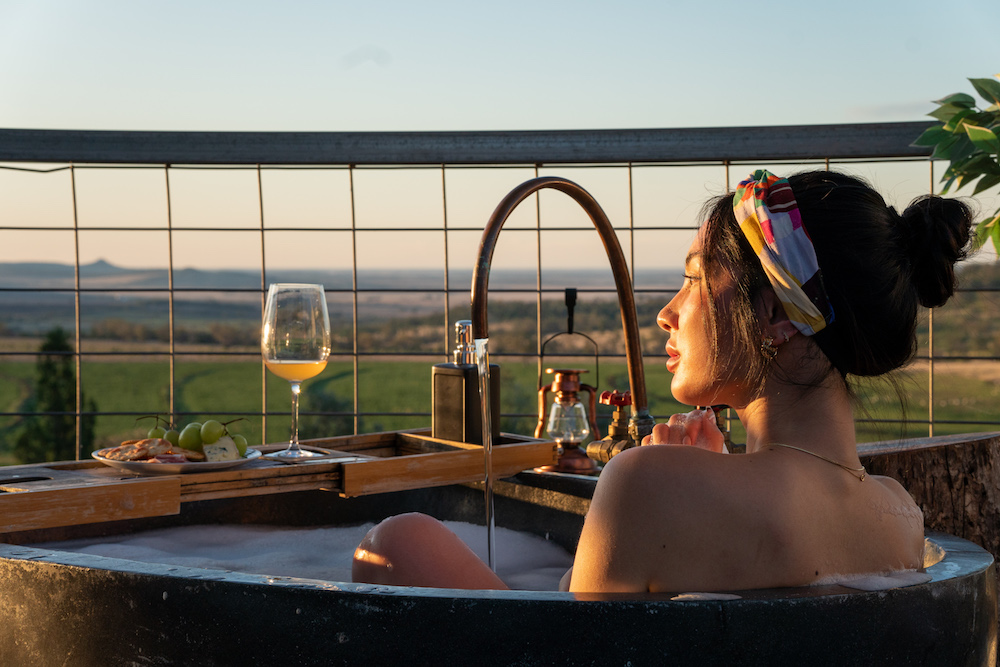
�We have such a beautiful region and we�re really excited to showcase this to visitors interested in escaping to the country and connecting with nature. We hope to lure guests from all over Australia and around the globe to experience a uniqueness second
to none.
�The district has so much to offer, and we are confident a visit to Faraway Domes will leave an indelible mark on anyone who stays.�
The self-contained domes each sit on a four-metre-high deck, accommodate two guests and feature a king-size bed, open-plan living and kitchen area, a private bathroom and a private outdoor bath and plunge pool that overlooks the spectacular outback views. The additional dome is perfect for couples visiting with friends, with the option of renting out both domes at the same time.
�The result is unlike anything the region has seen before,� Kate adds.
A slew of awards
The award-winning retreat has been dubbed �one of Australia�s most unique experiences� with capacity rates currently at an all-time high from travellers wanting to explore regional Australia in style.
The family have been well rewarded for their hard work and foresight, taking out gold for the Best New Tourism Business at the NSW Tourism Awards in 2019, nine months after they opened.
Judges acknowledged the Munsie family�s commitment to creating an experience for all visitors to reconnect with regional Australia.
�We felt so honoured to be recognised with this prestigious award so early in our journey. It�s such a credit to the hard work my family has dedicated to the project,� Kate says.
Belinda says it was an exciting time to expand Faraway Domes with so much to offer to those looking for a private retreat as their next getaway.
�It�s been so rewarding to see how many people want to travel to outback Australia and experience what we have here,� Belinda said.
�We�ve had guests stay from all over Australia and around the globe including Sydney, Brisbane, Melbourne and Canberra as well as Canada, the UK, China, the US and Switzerland.�
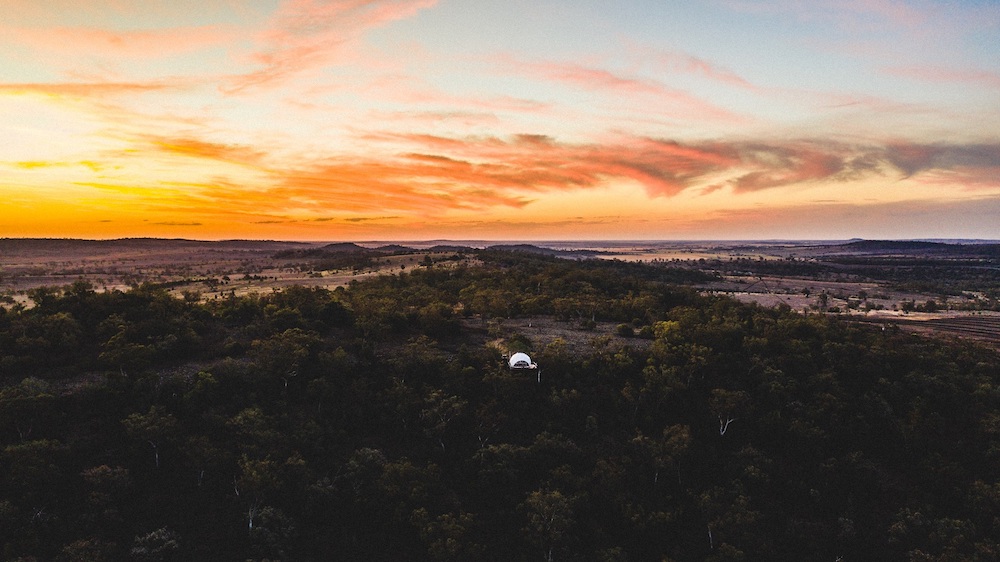
Kate says as a business venture it has worked better than they ever expected and sits well with their agricultural pursuits. It has been an ideal add-on.
�It�s been a great transition and although the business venture wasn�t in anyone plans, it has opened our eyes up to how many people want to experience the bush,� she says.
Jaime adds: �We are just farmers, and had no idea we were capable of doing this to add more income to the farm. It has been extraordinarily rewarding for all.�
Read more on agritourism opportunitities here.


